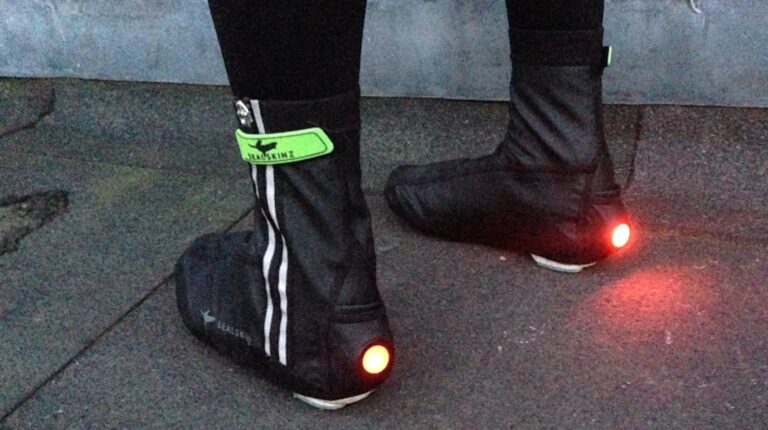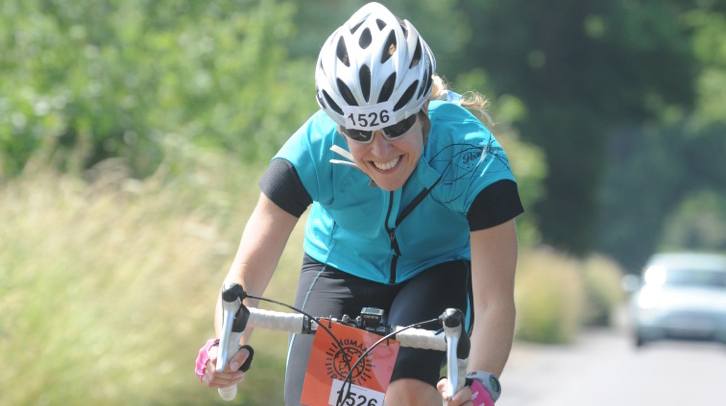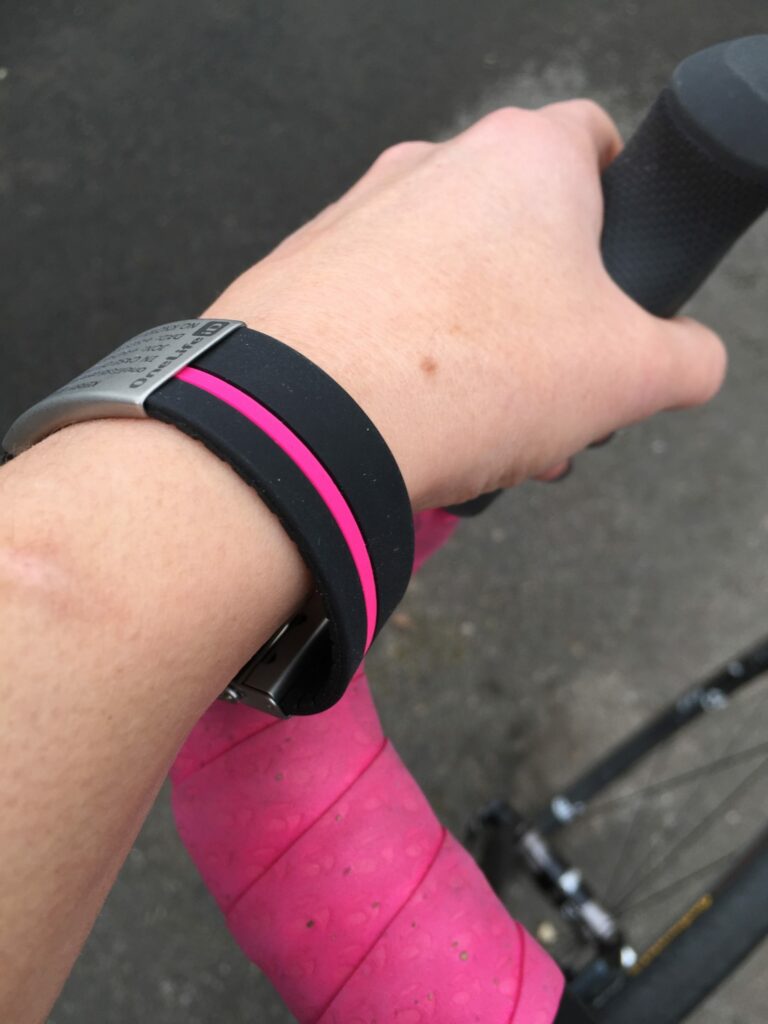Pedal on!
-

-
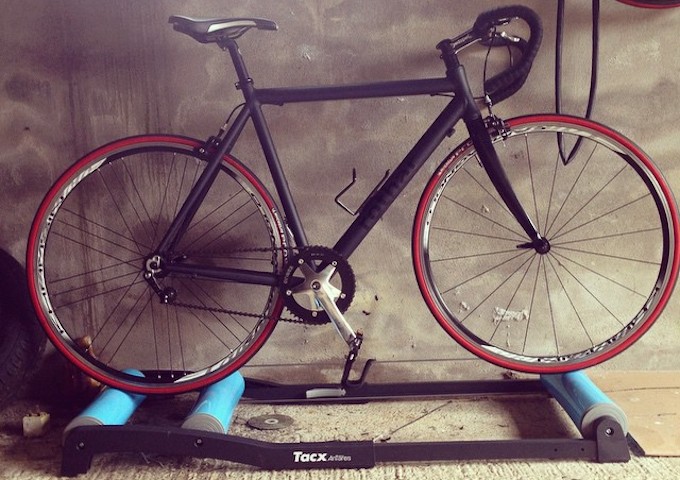
Photo: s14ocp/Instagram
-

-
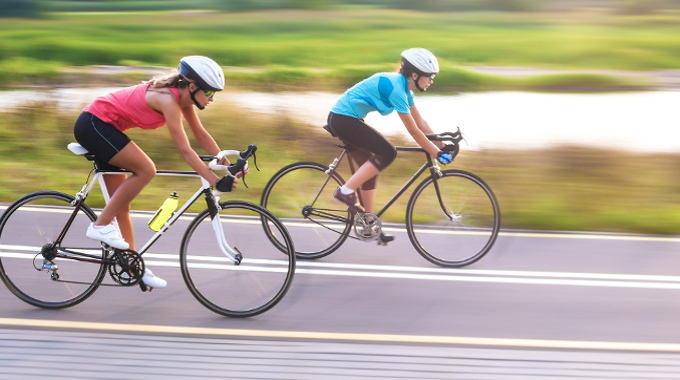
Once you've set your zones, use them for tailored sessions
-
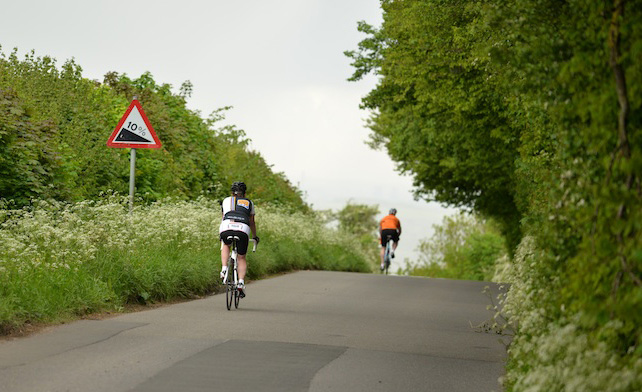
Lisa breathed a sigh of relief: "It's going down!"
Pedal on!
‘As easy as riding a bike’ is a commonly used phrase, and it’s true that getting in the saddle and pedalling needn’t be a test, but improving your stroke can make a big difference.
If you want to ride stronger and faster, working on your pedaling technique could well be an easy win. Pedalling at 90 revolutions a minute, you turn over 5,400 strokes an hour, that’s more than 16,000 strokes on a 3-hour trip out.
Beginner’s Guide to Road Pedals
Of course, strengthening your legs and boosting your power to weight ratio is important, but a little work making sure there are no ‘dead spots’ where you’re not benefitting from your effort could be just as crucial (and involve less sweating, and less cake-skipping).
Most drills are best carried out at the start of a session or ride, the idea being that they infiltrate your muscle memory, encouraging you to hold good form throughout.

